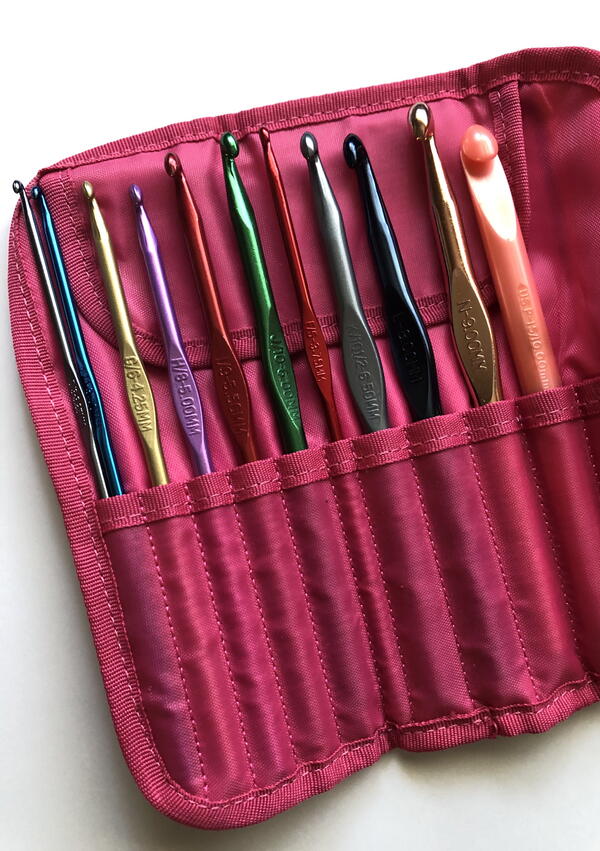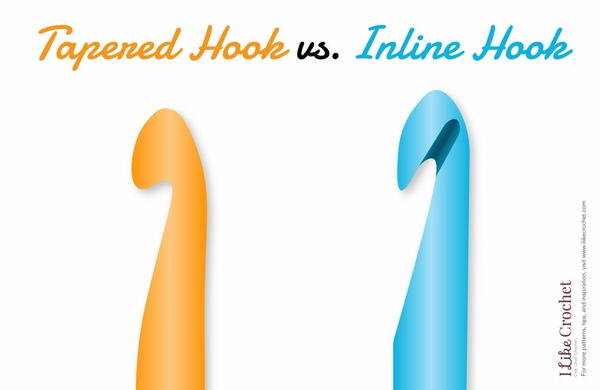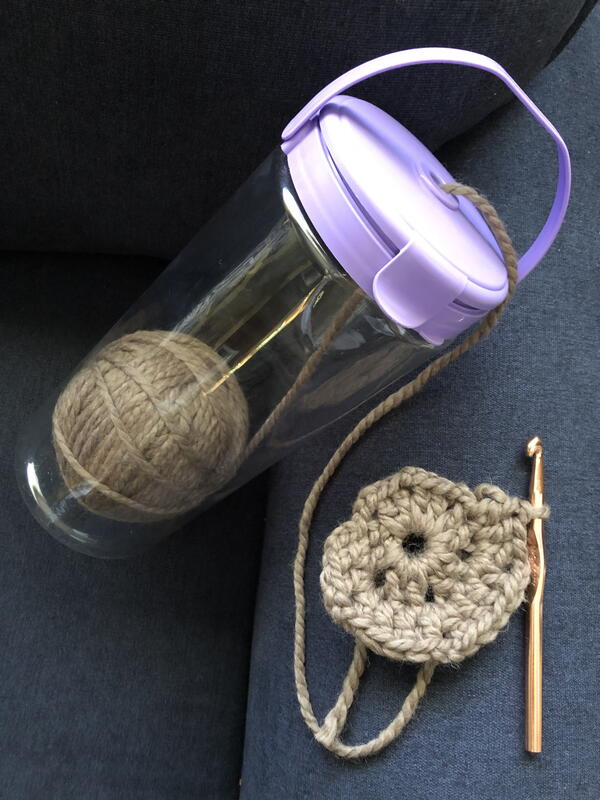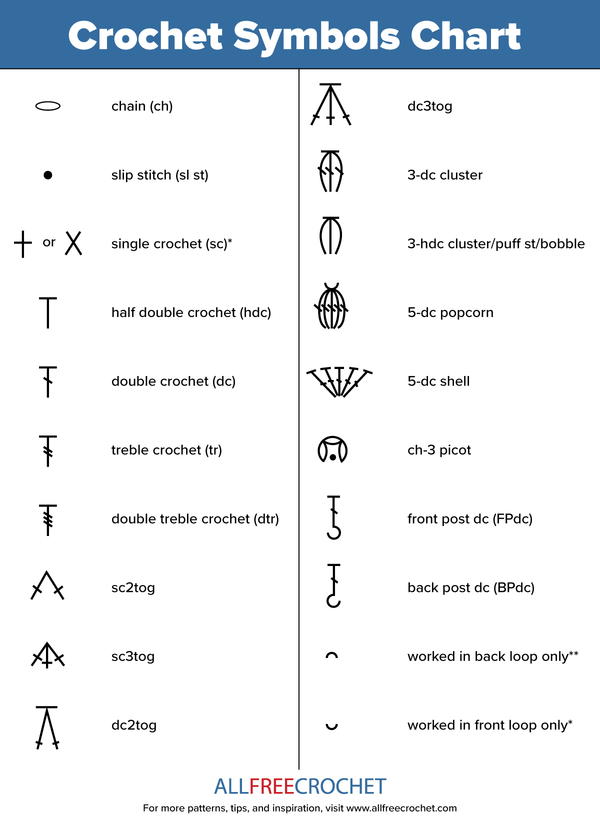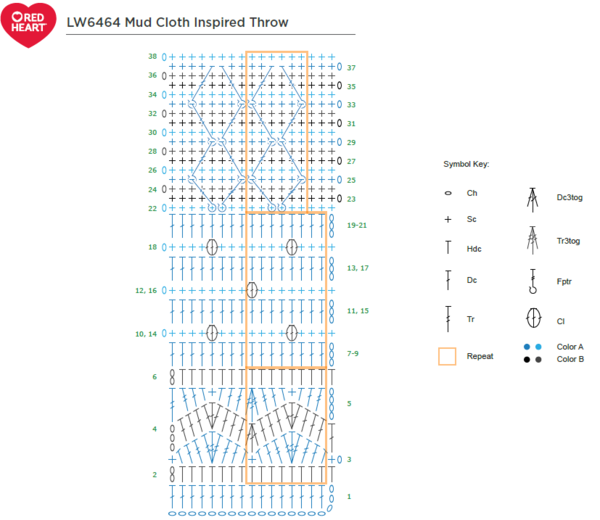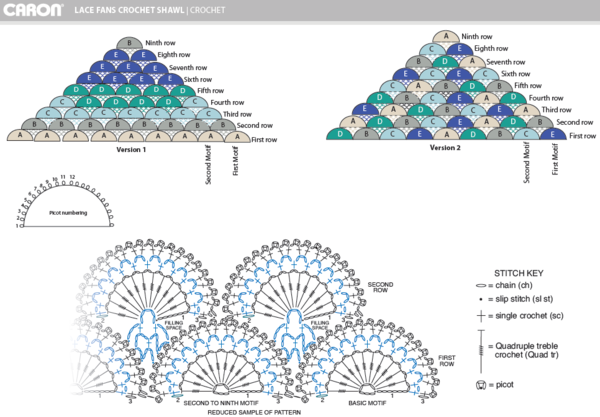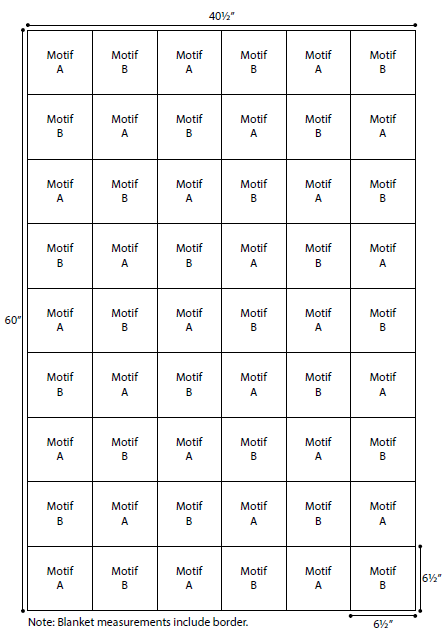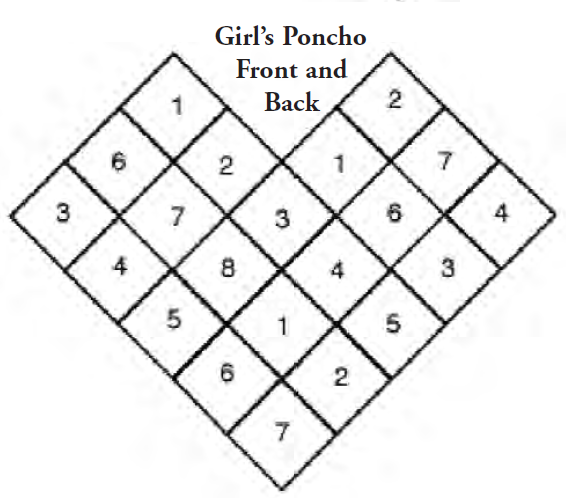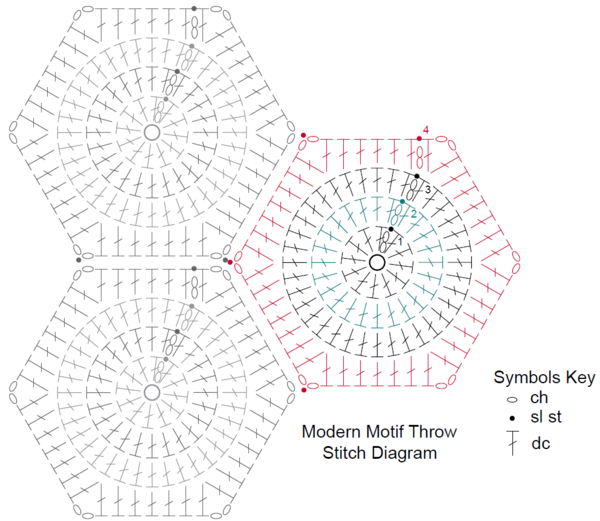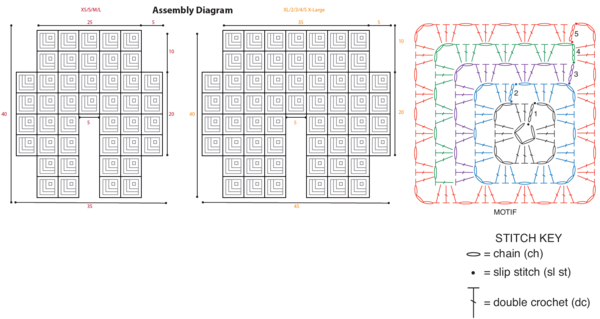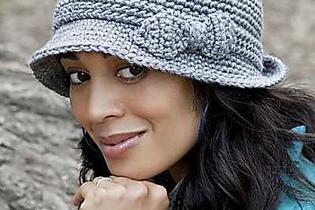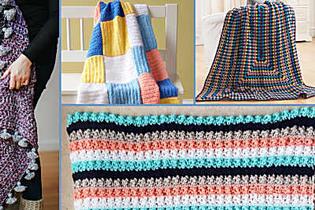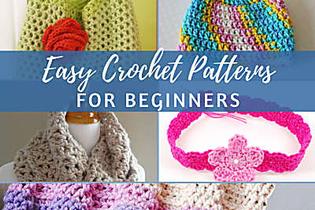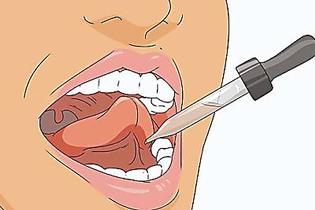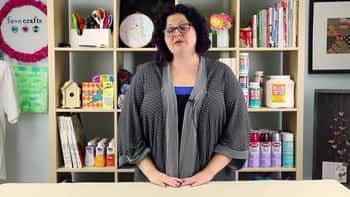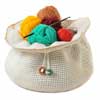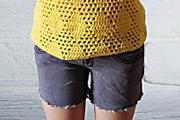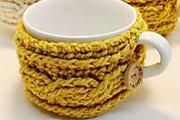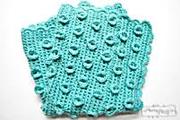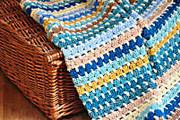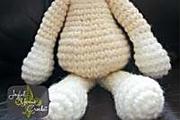Can you crochet with arthritis?
Absolutely. In order to crochet with arthritis, you just need to make
sure to take extra steps (like stretching and buying ergonomic hooks) to
ensure that you protect yourself from further aches, pains, and damage.
Crocheting with hand and joint pain can be really difficult. It doesn't
take much discomfort to make the once-relaxing hobby seem stressful and
painful. Many crocheters deal with the symptoms of arthritis and have to
find ways to enjoy their hobby happily while still taking care of their
condition. While it is true that crocheting and arthritis will never be
the perfect pair, this sort of pain and discomfort does not have to
stop you from hooking beautiful projects and patterns.
Changing How You Crochet for Arthritis Relief
In order to crochet with arthritic hands and wrists,
you will need to alter how you usually crochet. The truth is that you
will have to work with your pain instead of around it. Ignoring your
symptoms can make them so much worse. Plus, you could actually hurt
yourself by pushing yourself too hard. Crochet should be fun, not
something you grimace your way through. Try the following habits to make
it an enjoyable experience.
Alternate Between Projects: Varying the projects you
are working on and even the number of projects you make progress on in
one session is a great way to make sure you are taking proper care of
your hands. By switching from one project to another, you give your
hands a break. Each project comes with a different tension and type of
yarn, so you will be crocheting differently. This micro-adjustments
between projects ensure that you are not adding undue tension to muscles
and joints.
Types of Projects to Work On: If your pain is
especially bad or your symptoms include stiffness, it might be time to
change the kind of projects you work on. Crocheting intricate projects
with fine and lightweight yarn includes more stitches, tighter tension,
and more time spent. When your symptoms are bad, try working on worsted weight projects that use larger hook sizes.
Adjust Your Tension on Sore Days: On sore days, it is
going to be harder to crochet. Depending on the weather or the time of
day, how bad your symptoms are can change. This means you need to adjust
your tension. Make sure you have a handful of projects you are working
on at once, allowing you to crochet lighter tension projects when you
need to do so.
Lights and Seating
Another thing that might not occur to all crocheters
is that where you crochet and how well you see your project can actually
impact the pressure and tension you put on your hands. If you're
sitting awkwardly or pausing frequently to recount stitches, this can
really cause tension in your hands as you might be gripping mid-stitch
or tensing your muscles. We recommend the following changes to your
space:
Work on Your Posture: Sitting on a straight-backed
chair can help ease tension in your hands. Your shoulders, arms, and
hands are all connected, meaning tension in one leads to another.
Slumped shoulders can only make the problem worse.
Have an Arm Rest: If you have somewhere to set your
elbows down and place projects in your lap on a flat surface, this
eliminates tension in your wrists and fingers as you are not holding up
too much weight.
Get a Lamp: A simple desk lamp or reading light will do
the trick. Being able to see clearly will make sure that you are not
squinting or pausing during hooking. This can actually alleviate tension
and pain as you continue with a fluid motion instead of stopping
uncomfortably.
Wear Your Glasses!: Just like the tip above, wearing
your reading glasses or everyday glasses is imperative. If you're
squinting or slouching towards your project it can hurt you back and
ruin your posture, continually placing undue pressure on your aching
joints and wrists as you lift them closer.
Have Someone Watch You Crochet: Whether you check in with an expert crocheter or doctor, this can be immensely helpful. Have someone take a close look at your hands and hook while you crochet for a few minutes, they might be able to identify ways in which you are holding your hook that could be doing more harm than good. Changing your crochet posture can be hard, but it is worth the extra effort.
Have an expert crocheter or fellow crocheter "watch" you work to see if they can offer a new way to hold the hook that might offer relief.
Consult Your Doctor Regularly: As with any medical condition, it is important to be in contact with a healthcare professional. If your pain gets worse or changes, let your doctor know. He or she might be able to provide some tips and tricks for the pain. Always be honest with your doctor about your pain level and stiffness.
Taking Care of Your Hands
One of the best ways to care for yourself while crocheting and dealing with arthritis symptoms actually has nothing to do with HOW you crochet. It focuses on what you do before and after you crochet. You need to make sure you are taking care of your hands, both by finding relief for your symptoms as well as implementing preventative measures. Try the following to keep your hands happy and healthy:Heat: One of the best ways to relieve pain in the hands and joints is through heat. Heat will soothe the swollen parts of your joints and help you relax. Before and after you crochet, consider soaking your hands in warm water. This will help you unwind. You can even toss in some essential oils for aromatherapy.
Massage: Giving yourself a hand massage before, during, and after crocheting is a fantastic way to alleviate the tension from repetitive motion. It also gets the blood flowing in your hands, helping with circulation, which can actually stave off some arthritis symptoms like pain and stiffness.
Paraffin Wax Treatment: One thing many of our readers swear by is giving your hands the paraffin wax treatment often. Paraffin wax helps to relieve the symptoms of many painful conditions like arthritis and fibromyalgia.
Crochet Tools for Arthritic Hands
The number one way you can ease the stress and pain of crocheting with arthritis is by using the correct equipment. Making changes to your crochet hooks, for example, will make a world of difference. Crocheting means you are performing repetitive motions over and over again with tired joints. Anything you can do to provide support and alleviate the tension and pressure you place on your joints, wrists, and hands can work wonders.
Crochet Hooks for Arthritis Sufferers
If you currently crochet with simple, metal hooks,
changing what kind of hook you use to crochet is going to make a world
of difference. You will likely be shocked by how comfortable these
crochet hooks can be! There are a ton of crochet hooks for arthritis out
there.
Which option you use is really up to you and what kind of pain you are
managing. Every crocheter is different and every crocheter has different
needs. We recommend exploring a few different options and finding out
what works for you.
Make York Own Ergonomic Crochet Hooks
Not ready to invest in brand new hooks or need to save some money? There are a few DIY options. Check out these projects!
- Funky Polymer Crochet Hook Handles
- The polymer clay added to typical aluminum handles provides an easier
and softer grip. You can probably make these with hooks you already
have.
- Recycled Crochet Hook Holders - This simple tutorial shows you how to add crochet hooks to old pens! Pick a pen that's comfy on your hands (especially one with a grip) and try it out.

Compression Gloves (Crochet Arthritis Gloves)
Another great addition to your crochet toolbox is a set of nice compression gloves. These gloves help relieve the aches and tension from crocheting with arthritis as they serve to protect your hands and pad the repetitive movements. They are specifically designed to support vital parts of your hands. Check out some of our favorite brands below.
- Lion Brand Stress Relief Gloves
($15.99) - Designed especially for crochet and knitting, these gloves
were created to massage muscles and enhance blood flow without
restricting movement.
- Crafter's Comfort Gloves
( $12-$13) - These gloves are comfy and made of cotton. Designed
especially for hand pain and swilling, they come in three sizes, making
sure they fit perfectly.
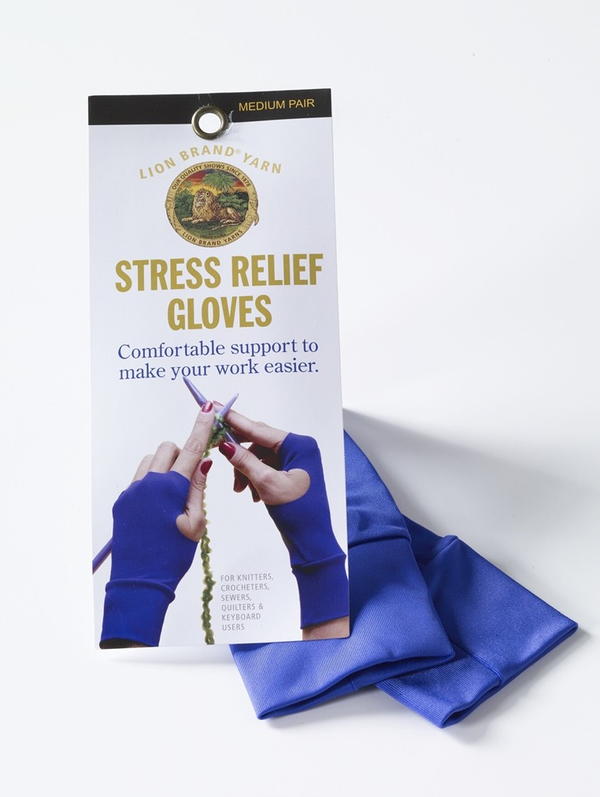
For my other blogs, I'm giving the links below, feel free to view and comment too.
